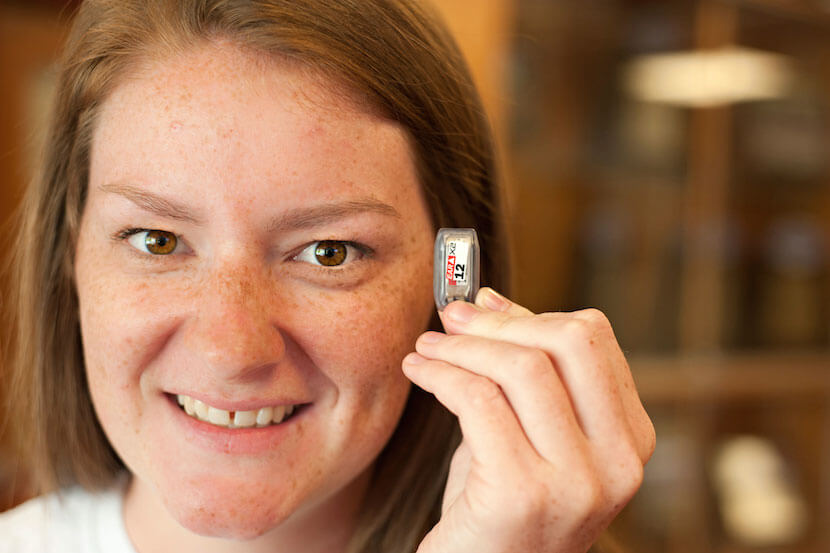As a former high school football player myself, I am well aware of the dangers concussions and head trauma pose to both student and professional athletes — possibly the greatest of these dangers being that a concussion could go undetected for a long period of time after the injury has been sustained.
Concern over this issue has certainly been raised, and there is no shortage of chilling stories detailing the risks of underestimating head trauma. There is, however, a shortage of methods by which to accurately detect damage due to head trauma consistently and promptly. This has motivated some in the sports industry to champion the use of impact-measuring devices implanted in helmets or attached to a patch placed behind the ear.
At first blush, this appears to be a step toward solving the serious problem of sports-related concussions. Unfortunately, as well-intentioned as those pushing for the use of this technology may be, Lynchburg College graduate Hallie Sayre warns that these devices may not be the most reliable sources of information regarding the severity of head trauma in some cases.
Sayre graduated from Lynchburg in the spring of 2017, and won the National Athletic Trainers’ Association Award for Original Research for her independent study of concussions and the X2 patch, a head trauma-monitoring device.
The X2 patch has been standard issue for lacrosse and soccer players at Lynchburg College for several years now. While the notion of a device tucked behind one’s ear that monitors head trauma seems like something out of science fiction, it’s actually a very simple piece of equipment — it operates by measuring the force of any given impact. If said force exceeds the levels thought to be required to induce a concussion, the X2 alerts the wearer.
As useful as this technology seems, Sayre’s research reveals that it may not be reliable as the sole determinant of whether or not an athlete is at risk of a concussion. In her research, Sayre studied four college athletes who had suffered concussions. She cross-referenced the data from the X2 with game footage in an attempt to determine the severity of the impacts that caused the concussions.
What Sayre found, however, was that in each of the four cases, the force of the concussion-causing impact was not great enough to be detected by the X2. Meaning, these college athletes would not have received treatment for their injuries if head trauma data were used as the sole determinant of injury. “As health care providers we have to make sure that we’re looking at all types of things, not just the head impacts from the sensor but also doing an exam and putting all those elements together to diagnose a concussion,” Sayre said in a statement.
Dr. Tom Bowman, associate professor of athletic training at Lynchburg College and Sayre’s mentor on the research, agrees. “At some point where we use these types of devices, we’ve got to draw the line in the sand somewhere and say this is where we’re going to set that notification system to activate,” Bowman said in a statement. “When we do that, we say that any impact under that threshold is safe. We just don’t know that.”
“I hope that my research continues to raise awareness for concussions!” Sayre told The University Network.
This fall, Sayre will begin studying at East Carolina University to obtain her master’s in physical education. When asked whether she plans on continuing her concussion research, she responded: “I do plan on continuing my research. I am currently working so that my research can potentially be published!”



